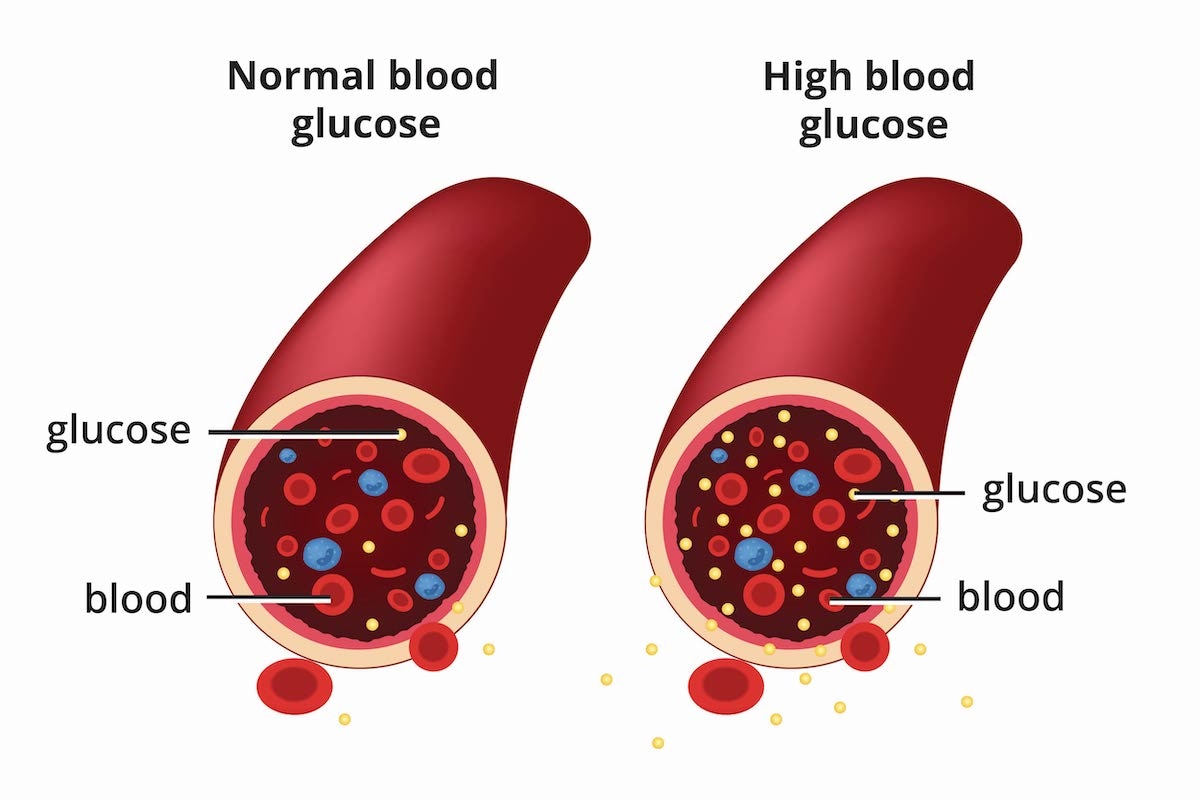Lesson Plan for Diabetes Mellitus
Lesson Plan for Diabetes Mellitus
(Lesson Plan for Diabetes Mellitus)
Individuals with diabetes mellitus have high blood sugar levels, attributed to the body’s inadequacies in regulating blood sugar. It is considered a significant public health concern in the United States, primarily affecting low-income earners and racial and ethnic minorities. Different types of diabetes mellitus exist, including type 1 diabetes mellitus, accounting for between 5% and 10% of all diabetes cases and marked by autoimmune pancreatic beta cells destruction; type 2 diabetes mellitus, accounting for 90-95% of all diabetes cases and marked by insulin resistance and insulin deficiency, and gestational diabetes, which accounts for 1-14% of all pregnancies and typically begins in the second or third trimester (Banday et al., 2020). Risk factors include a sedentary lifestyle, unhealthy eating habits, alcohol and cigarette, age, family history of diabetes, and genetics. This paper aims to evaluate a teaching/learning theory and its application in education provision on diabetes mellitus and provide measurable objectives for a patient teaching plan.

Teaching/Learning Theory
The teaching plan will adopt cognitive learning theory to guide the teaching and learning strategies. The theory emphasizes information and memory’s internal processes. Per Piaget, people build knowledge over time; therefore, it is imperative to comprehend learning’s cognitive orientation to ensure quality learning (McSparron et al., 2019). Educators should understand their students and their learning needs; cognitive learning theory can aid in this process. Teachers can integrate the theory, which provides principles to help understand how the mind functions, into their teaching knowledge and experience to optimize the learning process. Practitioners can adopt the theory in patient education to foster the retention and translation of medical knowledge. (Lesson Plan for Diabetes Mellitus)
Cognitive learning theory is employed to help learners achieve mastery and an in-depth understanding of the topic selected for the teaching plan. The theory’s principles will enhance comprehension, memory, and application of the topic concepts. The educator will first elaborate and help the learner understand the reason for learning about diabetes mellitus. The educator will emphasize the need to avoid cramming and embrace the understanding of the subject to improve their ability to associate the acquired knowledge with their lived experiences or current information (Winn et al., 2019). The educator will proceed to guide and help learners apply the acquired knowledge in life situations and encourage learners to continue developing competencies and acquiring new knowledge for problem-solving purposes. (Lesson Plan for Diabetes Mellitus)
The cognitive teaching strategies adopted in the teaching plan will emphasize meaningful learning, employing the fundamentals of lifelong learning to help learners acquire skills, including critical thinking and problem-solving. The educator will engage learners by asking them to reflect on their experiences, find new solutions to current problems, engage in discussions with peers on the learning subject, explore and understand the connection between concepts and ideas, justify and describe their reasoning, and adopt visualization to enhance understanding and memory (McSparron et al., 2019). The educator will borrow from the learning styles of different students and integrate the learning needs and the cognitive learning theory principles to enhance the effectiveness of the learning process and help learners understand, retain, and apply acquired knowledge successfully. Additionally, the educator will adopt the evaluating principle of cognitive learning to encourage learners to look at the bigger picture and how their small thoughts and ideas can fit into larger ideas like new interventions to address diabetes mellitus. Successfully adapting this theory into the teaching plan will make the learning process more in-depth and focused on the long term. (Lesson Plan for Diabetes Mellitus)
Measurable Objectives
By the end of the learning process, learners should:
- Identify the signs and symptoms of diabetes mellitus.
- Identify and describe risk factors and etiology of diabetes mellitus.
- Describe the pathophysiology of diabetes mellitus and identify populations at increased risk of developing diabetes.
- Demonstrate ability to connect concepts and apply knowledge in life situations.
- Identify interventions to preventing, treating, and managing diabetes mellitus and constructing plans to implement these interventions in life situations.
(Lesson Plan for Diabetes Mellitus)
Resources to help teach about Diabetes Mellitus
- Alsous, M., Abdel Jalil, M., Odeh, M., Al Kurdi, R., & Alnan, M. (2019). Public knowledge, attitudes and practices toward diabetes mellitus: a cross-sectional study from Jordan. PloS one, 14(3), e0214479.
- Cole, J. B., & Florez, J. C. (2020). Genetics of diabetes mellitus and diabetes complications. Nature reviews nephrology, 16(7), 377-390.
- Glovaci, D., Fan, W., & Wong, N. D. (2019). Epidemiology of diabetes mellitus and cardiovascular disease. Current cardiology reports, 21, 1-8.
- Goyal, R., & Jialal, I. (2018). Diabetes mellitus type 2.
- Gromada, J., Chabosseau, P., & Rutter, G. A. (2018). The α-cell in diabetes mellitus. Nature Reviews Endocrinology, 14(12), 694-704.
- Lucier, J., & Weinstock, R. S. (2018). Diabetes mellitus type 1.
- Oguntibeju, O. O. (2019). Type 2 diabetes mellitus, oxidative stress and inflammation: examining the links. International journal of physiology, pathophysiology and pharmacology, 11(3), 45.
- Szmuilowicz, E. D., Josefson, J. L., & Metzger, B. E. (2019). Gestational diabetes mellitus. Endocrinology and Metabolism Clinics, 48(3), 479-493.
- Tomic, D., Shaw, J. E., & Magliano, D. J. (2022). The burden and risks of emerging complications of diabetes mellitus. Nature Reviews Endocrinology, 18(9), 525-539.
- World Health Organization. (2019). Classification of diabetes mellitus.
References
Banday, M. Z., Sameer, A. S., & Nissar, S. (2020). Pathophysiology of diabetes: An overview. Avicenna journal of medicine, 10(4), 174–188. https://doi.org/10.4103/ajm.ajm_53_20
McSparron, J. I., Vanka, A., & Smith, C. C. (2019). Cognitive learning theory for clinical teaching. The Clinical Teacher, 16(2), 96-100.
Winn, A. S., DelSignore, L., Marcus, C., Chiel, L., Freiman, E., Stafford, D., & Newman, L. (2019). Applying Cognitive Learning Strategies to Enhance Learning and Retention in Clinical Teaching Settings. MedEdPORTAL : the journal of teaching and learning resources, 15, 10850. https://doi.org/10.15766/mep_2374-8265.10850



